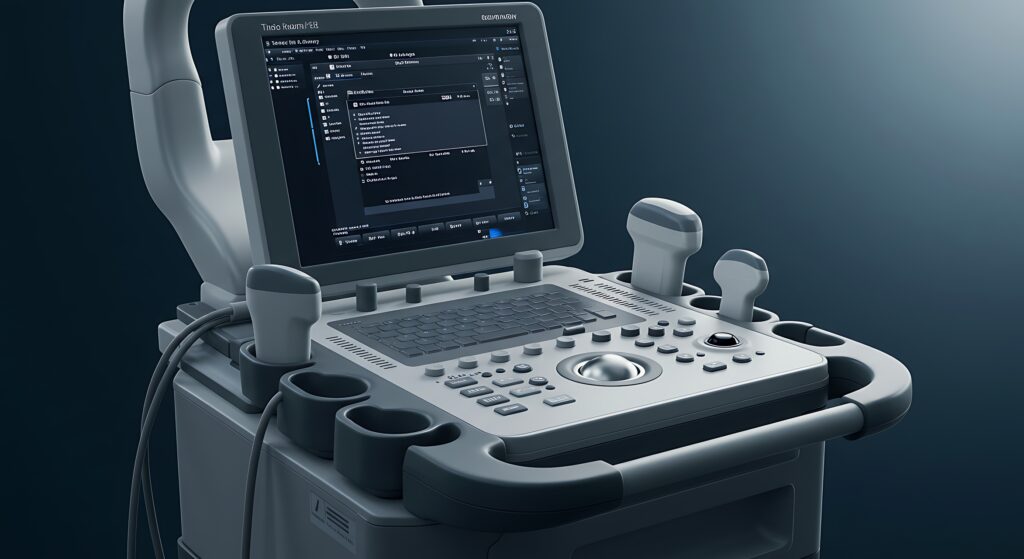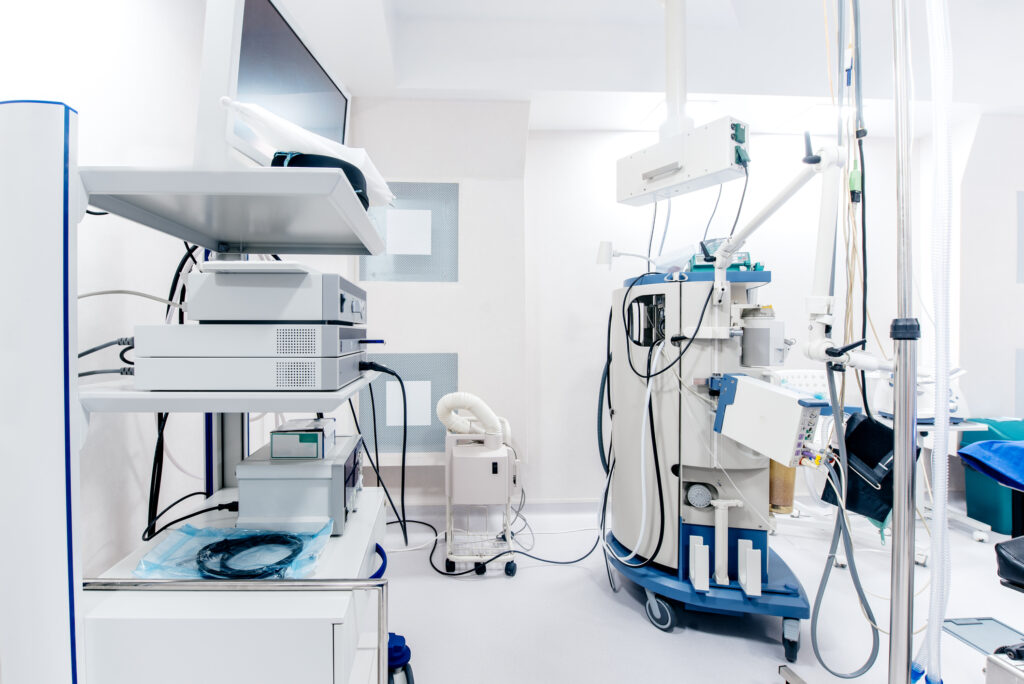Abstract
Laser-assisted in situ keratomileusis (LASIK) continues to evolve as a cornerstone of refractive surgery. Recent technological advancements, most notably the emergence of Contoura Vision Topography-Guided Laser Vision Correction, have introduced unprecedented personalisation in corneal ablation patterns. This article outlines the clinical rationale, patient experience, and measured outcomes associated with Contoura, with a focus on its integration into LASIK surgery workflows in Houston, TX. Findings suggest that topography-guided treatment significantly improves visual acuity and quality of vision, especially in patients with irregular corneal topography or high visual performance demands.
Introduction
Conventional LASIK techniques rely primarily on manifest refraction data to reshape the cornea. While this approach has demonstrated high efficacy and safety profiles, limitations arise in treating higher-order aberrations (HOAs) that significantly affect visual quality, particularly in low-light conditions. The integration of Contoura Vision – a topography-guided LASIK platform approved by the U.S. Food and Drug Administration represents a paradigm shift in refractive surgery. Its ability to map and treat individual corneal irregularities allows for a higher fidelity of correction, contributing to visual outcomes that exceed traditional benchmarks.
Methods
Contoura Vision utilises the WaveLight® Topolyzer VARIO diagnostic system to collect over 22,000 unique elevation points from the anterior corneal surface. These data are combined with the patient’s refractive error to develop a customised ablation profile. Treatment is delivered via a femtosecond laser (commonly the WaveLight EX500 platform), which reshapes the cornea to both correct refractive error and smooth microscopic irregularities.
Patient selection criteria include stable refraction for at least 12 months, sufficient corneal thickness, and absence of active ocular disease. In Houston, patients undergo comprehensive preoperative assessments including aberrometry, corneal tomography, and tear film evaluation. Counselling focuses on aligning patient lifestyle goals, e.g., night driving performance, screen usage tolerance, and contrast sensitivity expectations, with anticipated surgical outcomes.
Results
Clinical trials submitted during the FDA approval process demonstrated that 92.6% of patients treated with Contoura Vision achieved 20/20 vision or better at 12 months postoperatively. Notably, 30.9% reported better uncorrected visual acuity than their best-corrected visual acuity with glasses or contact lenses preoperatively.
In practice settings across Houston, this trend holds. Surgeons report reduced incidence of postoperative glare, halos, and starbursts, especially in patients with asymmetric corneal topography. Furthermore, improvements in contrast sensitivity and night vision are commonly cited by patients, particularly among individuals with high visual performance requirements (e.g., pilots, athletes, medical professionals).
Discussion
The implementation of Contoura Vision introduces both technical and philosophical changes to refractive surgery workflows. Technically, it requires expanded diagnostic infrastructure and more rigorous preoperative planning. Philosophically, it reframes refractive surgery as a biologically tailored intervention rather than a prescription-matching procedure.
Surgeons report that patients undergoing Contoura LASIK experience a deeper sense of involvement in the care process, aided by the technology’s ability to translate complex diagnostic data into actionable surgical plans. Notably, candidates who were previously ineligible for LASIK due to corneal irregularity now fall within treatable ranges, broadening the indications for safe and effective correction.
Dr Mike Mann, a refractive surgeon involved in numerous clinical LASIK protocols, has been associated with the adoption of advanced technologies such as topography-guided systems. These methods aim to refine treatment by tailoring corrections to the individual cornea, moving beyond the limits of traditional LASIK.
Conclusion
Contoura Vision represents a substantial advancement in the precision and personalisation of LASIK surgery. In clinical settings throughout Houston, it has allowed for outcomes that surpass those of conventional LASIK in both clarity and patient satisfaction. As diagnostic modalities continue to mature and become integrated into refractive workflows, Contoura Vision exemplifies how data-driven customisation can lead to real-world visual improvements that matter in daily life. Future studies may further evaluate the technology’s long-term effects on corneal biomechanics, patient-reported quality of life, and suitability in post-RK and post-keratoplasty populations.
Disclaimer
The information presented in this article, “Topography-Guided LASIK in Houston: Advancing Patient-Centered Refractive Outcomes with Contoura Vision”, is intended for educational and informational purposes only. It should not be considered medical advice, diagnosis, or treatment. Individual outcomes from LASIK or Contoura Vision may vary depending on personal health factors, ocular anatomy, and surgical considerations. Readers are encouraged to consult with a qualified ophthalmologist or refractive surgeon to determine whether they are suitable candidates for this procedure. Open MedScience does not endorse specific practitioners, clinics, or technologies and assumes no responsibility for clinical decisions made based on the content provided.




